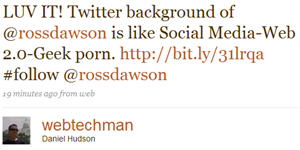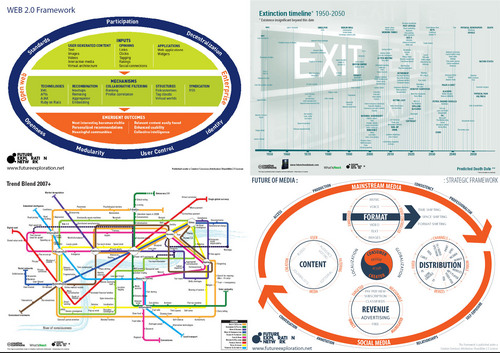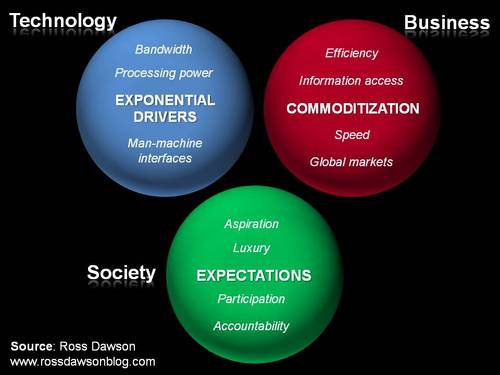Driving innovation in large professional service firms: Six high-return initiatives
Over the last years I have spent significant time assisting professional services firms to drive innovation. This year I am finding that the economic climate is intensifying the focus on these issues rather than pushing them to the background.
The pressures that commoditize services are intensifying, local and global competition is increasing, and clients are seeking value in different forms than they have in the past. Another critical driver is the war for talent. Young, talented professionals show little interest in continuing to plough the furrow of long-established processes, however wax enthusiastic about creating new approaches to their work.
However there are many barriers to innovation in large professional firms, including billing imperatives, strong functional specialization, and often highly risk-averse cultures. Much of the management literature on innovation focuses on product development and design, and is not always relevant to a professional services environment.
I’ve written before about innovation in professional services, including the White Paper I wrote for SAP on Service Delivery Innovation and in Chapter 9 of Living Networks.
Here are some reflections on where I see the greatest potential for value-creation in the space.
DOMAINS FOR INNOVATION
There are several key domains for innovation for professional firms:
Services and products. In a rapidly changing business environment, providing the services that are most relevant to clients’ needs can provide real competitive advantage. The issue is not just in quickly generating new offerings, but also in packaging these so they can be readily communicated to clients by front-line professionals.




